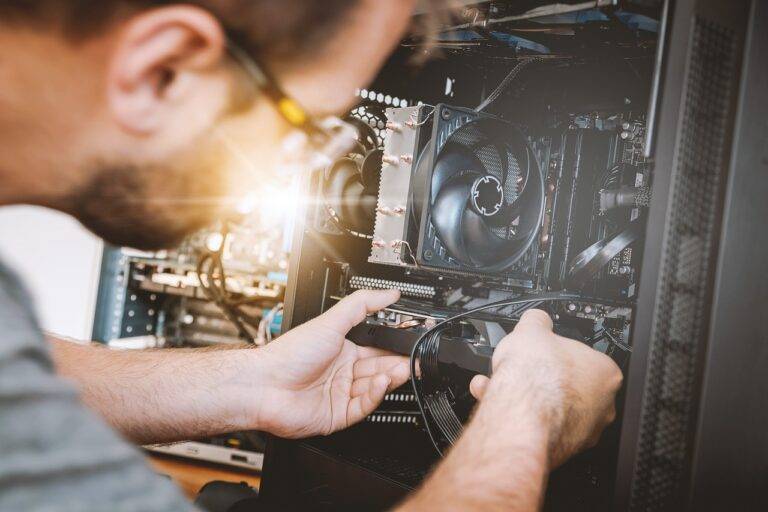The Potential of AI in Predicting Earthquake Aftershocks
AI technology is revolutionizing the field of earthquake research by providing new tools and techniques to analyze seismic data. With the ability to process vast amounts of information quickly and accurately, AI algorithms can help scientists identify patterns and trends that may not be easily recognizable through traditional methods. This enables researchers to better understand the complexities of earthquake behavior and improve their ability to predict future seismic events.
One of the key advantages of AI technology in earthquake research is its capability to detect subtle precursory signals that may indicate an impending earthquake. By utilizing machine learning algorithms, scientists can sift through seismic data to uncover hidden correlations and anomalies that could signal the onset of seismic activity. This early detection is crucial for implementing timely mitigation strategies and minimizing the impact of earthquakes on vulnerable communities.
AI technology can process vast amounts of seismic data quickly and accurately
AI algorithms help scientists identify patterns and trends in earthquake behavior
Machine learning algorithms can detect subtle precursory signals of impending earthquakes
Early detection through AI technology allows for timely implementation of mitigation strategies
Understanding Earthquake Aftershocks
Earthquake aftershocks are smaller tremors that follow the main earthquake event. They occur as the earth’s crust adjusts to the stress changes caused by the initial earthquake. Aftershocks can be just as unpredictable and sometimes equally as dangerous as the main quake, making them a significant concern for both researchers and those affected by seismic events.
The frequency and intensity of aftershocks can vary, with some occurring immediately after the main quake, while others may persist for days or even months. Understanding the patterns of aftershocks is crucial for assessing the overall risk and impact of an earthquake, as well as for developing effective strategies for disaster response and mitigation.
Challenges in Predicting Aftershocks
Predicting aftershocks poses a significant challenge for seismologists and researchers due to the inherent unpredictability of these seismic events. Despite advancements in technology and analytical methods, accurately forecasting the timing, location, and magnitude of aftershocks remains a complex task. The complex interaction of multiple factors influencing aftershock occurrence, such as stress transfer, fault geometry, and local geological conditions, adds to the difficulty of making precise predictions.
Moreover, the temporal and spatial variability of aftershocks further complicates prediction efforts. Aftershocks can occur minutes, days, or even years after the main earthquake, making it challenging to anticipate when and where these secondary seismic events will happen. As a result, scientists continue to grapple with the uncertainties surrounding aftershock forecasting, striving to develop more reliable predictive models to enhance earthquake preparedness and risk mitigation strategies.
How does AI technology help in earthquake research?
AI technology can analyze large amounts of data quickly and identify patterns that may be too complex for humans to recognize. This can help researchers better understand the factors that contribute to aftershocks.
What are aftershocks and why are they important to study?
Aftershocks are smaller earthquakes that follow a larger earthquake. Studying aftershocks can help scientists understand the behavior of seismic activity and improve their ability to predict future earthquakes.
What are some of the challenges in predicting aftershocks?
Some challenges in predicting aftershocks include the complex nature of seismic activity, uncertainties in the data available, and the difficulty in determining which earthquakes will produce aftershocks and which will not.
How can researchers overcome the challenges in predicting aftershocks?
Researchers can overcome these challenges by continuing to improve their understanding of earthquake processes, developing more advanced prediction models, and utilizing technologies like AI to analyze data more effectively. Continuing research and collaboration in the field will also help to address these challenges over time.






